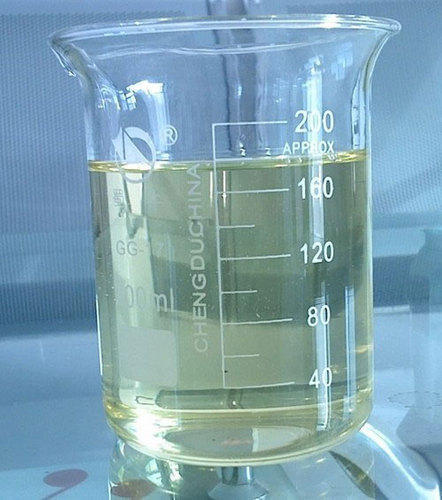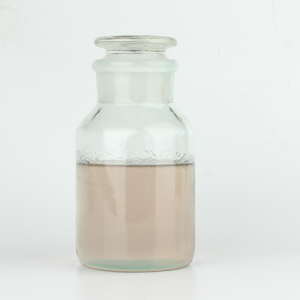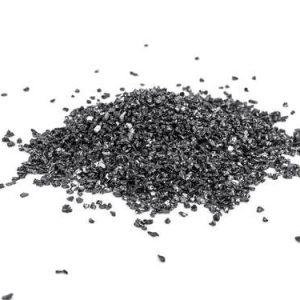Acrylamide: A Key Industrial Chemical for Polyacrylamide Production
Acrylamide (C3H5NO) is a white, odorless, crystalline solid that is widely used in the industrial production of polyacrylamide, a polymer with numerous applications in various sectors. It is highly soluble in water and other solvents, making it versatile for industrial use.
Properties of Acrylamide
- Chemical Formula: C3H5NO
- Molecular Weight: 71.08 g/mol
- Melting Point: Approximately 84.5°C (184.1°F)
- Boiling Point: Around 125°C (257°F) at 25 mmHg
- Solubility: Highly soluble in water, ethanol, and acetone.
Applications of Acrylamide
- Polyacrylamide Production:
- Acrylamide is primarily used to produce polyacrylamide, a polymer used in water treatment, paper manufacturing, and various chemical processes.
- In water treatment, polyacrylamide acts as a flocculant, helping to remove suspended solids from wastewater.
- Paper Industry:
- Enhances paper strength and retention of fillers, improving the quality and efficiency of paper production.
- Used as a retention aid in the paper-making process.
- Oil and Gas Industry:
- Employed in enhanced oil recovery processes, where polyacrylamide helps increase the viscosity of water, improving the displacement of oil in reservoirs.
- Used in drilling fluids to reduce friction and enhance lubrication.
- Mining Industry:
- Polyacrylamide derived from acrylamide is used in mineral processing to separate ores and improve solid-liquid separation.
- Biomedical Research:
- Acrylamide is used to create polyacrylamide gels for electrophoresis, a technique used to separate proteins and nucleic acids in molecular biology.
Health and Safety
Acrylamide is classified as a probable human carcinogen, and exposure can occur through inhalation, skin contact, or ingestion. It can cause neurotoxic effects and damage to the nervous system. Handling acrylamide requires strict safety precautions, including wearing gloves, protective clothing, and eye protection. It should be used in well-ventilated areas or under fume hoods to minimize exposure.
Environmental Impact
Acrylamide can be harmful to aquatic life if released into waterways. Proper disposal and wastewater treatment are essential to prevent environmental contamination. Industries using acrylamide must adhere to regulations to limit its impact on the environment.
Conclusion
Acrylamide plays a vital role in industrial processes, particularly in the production of polyacrylamide. Despite its industrial importance, it requires careful handling due to its potential health risks. Industries must follow stringent safety and environmental guidelines to mitigate these risks. contact us




